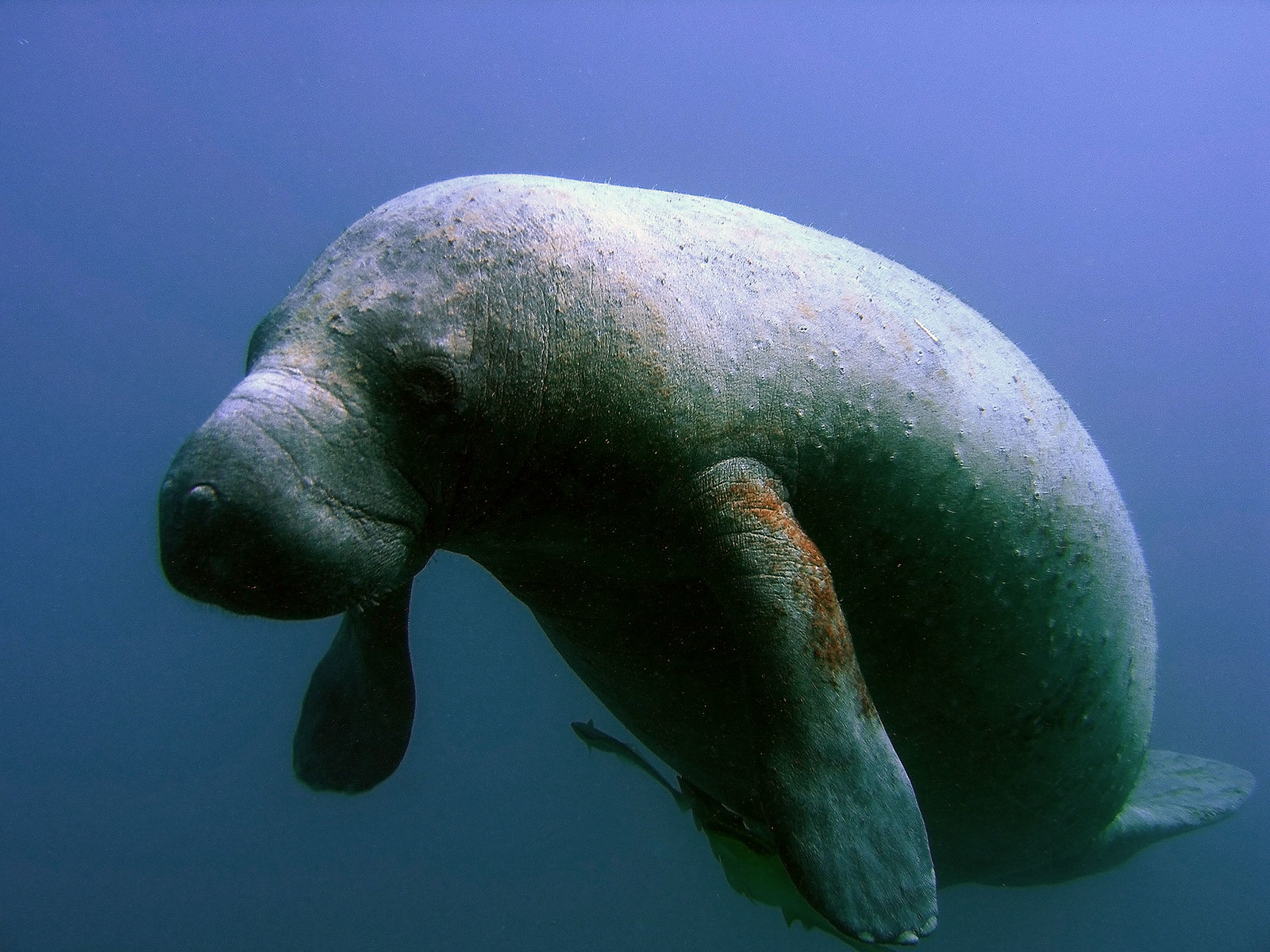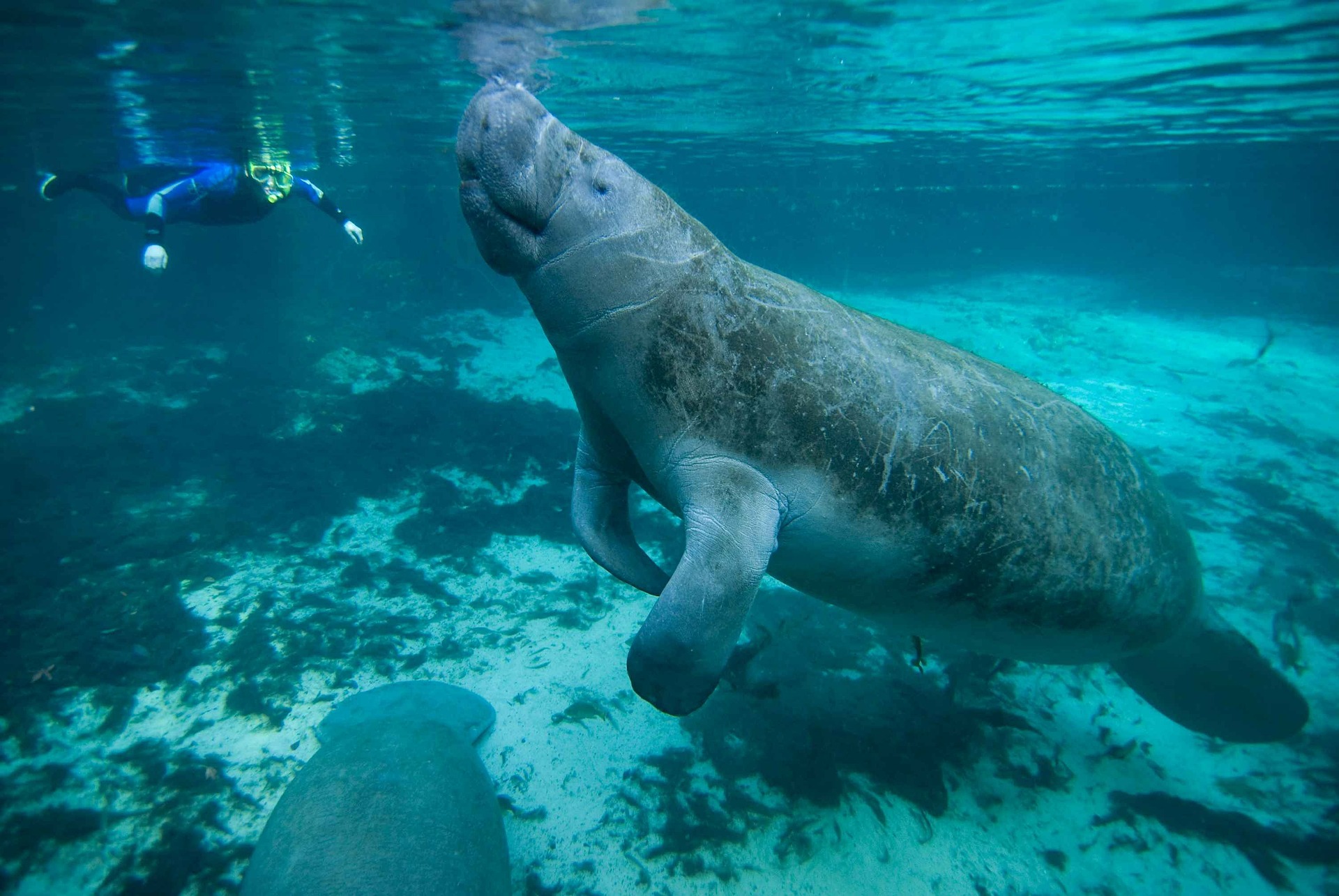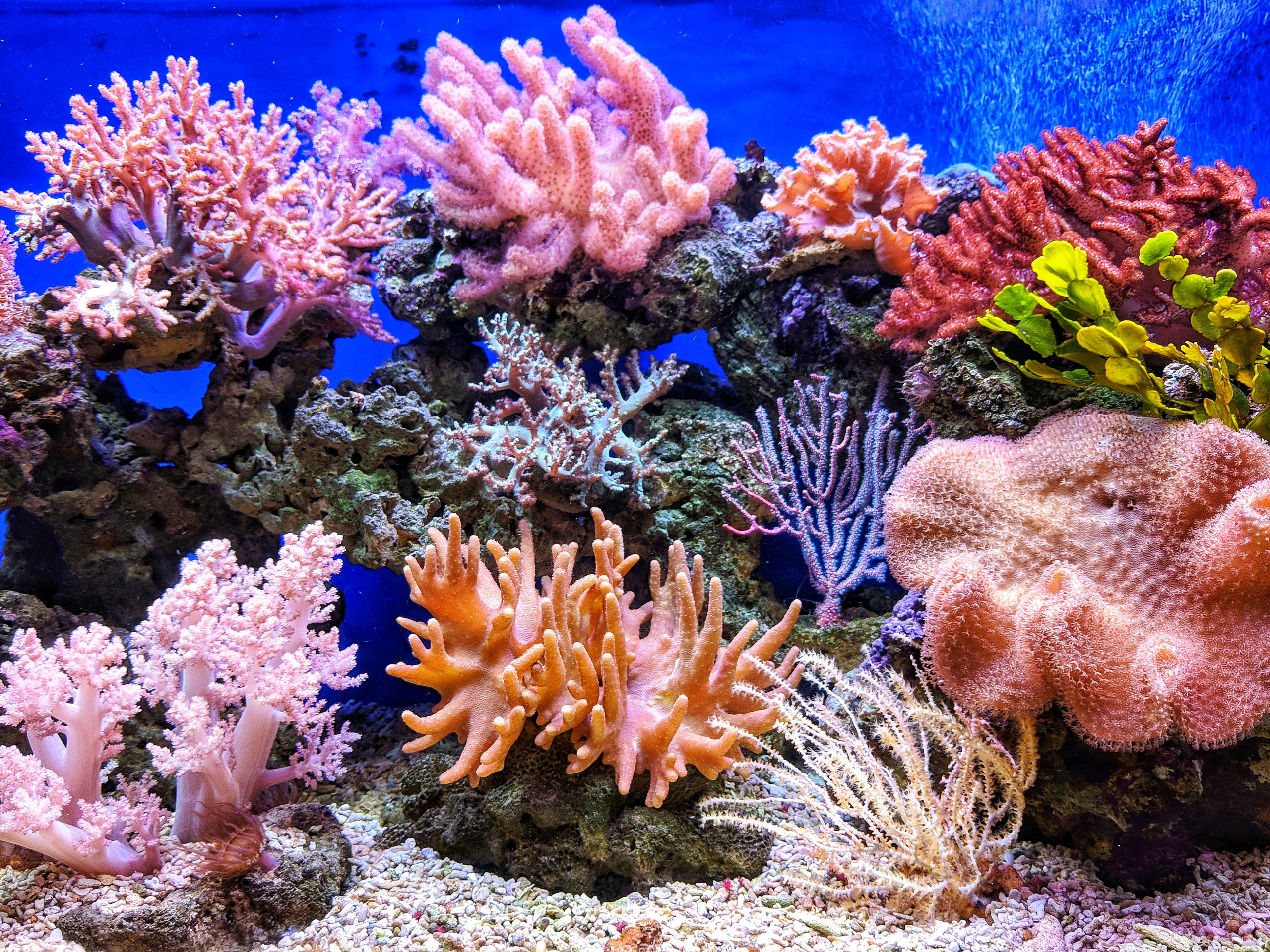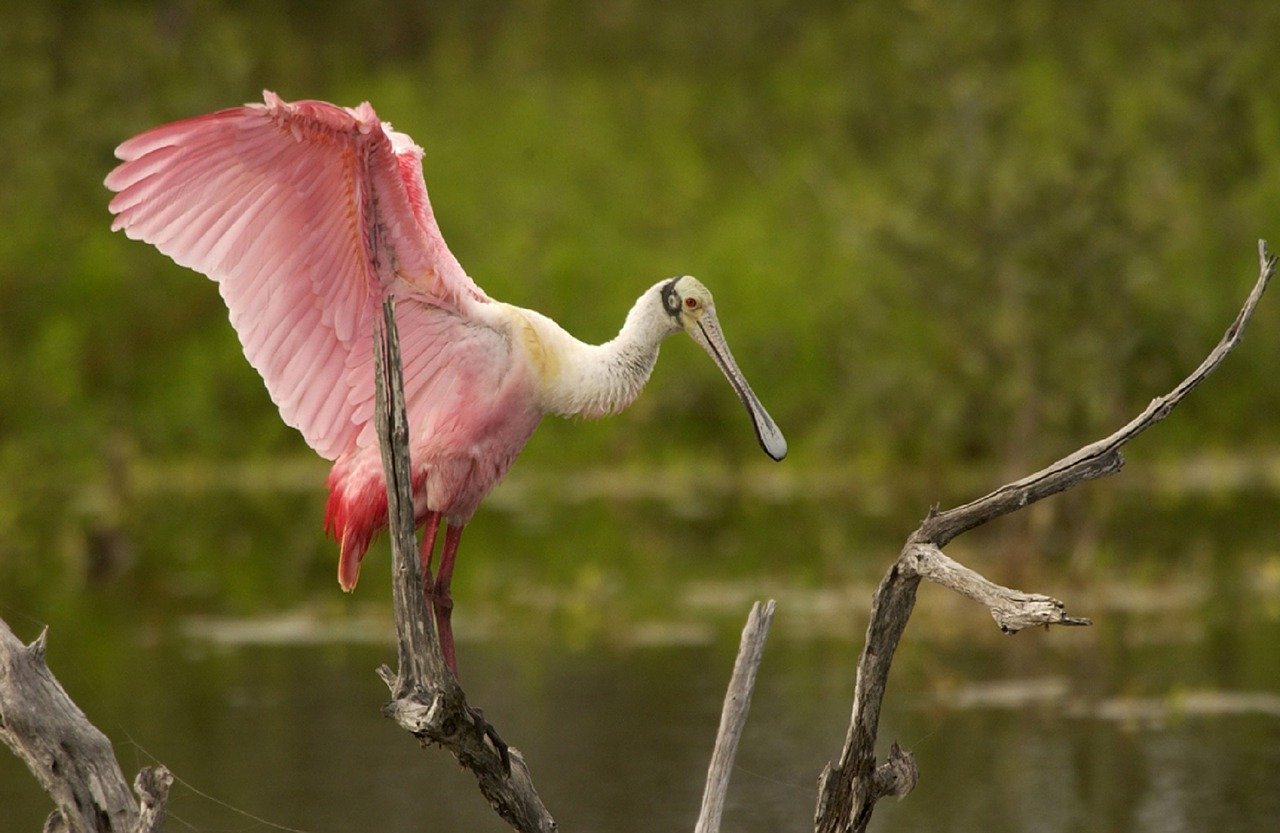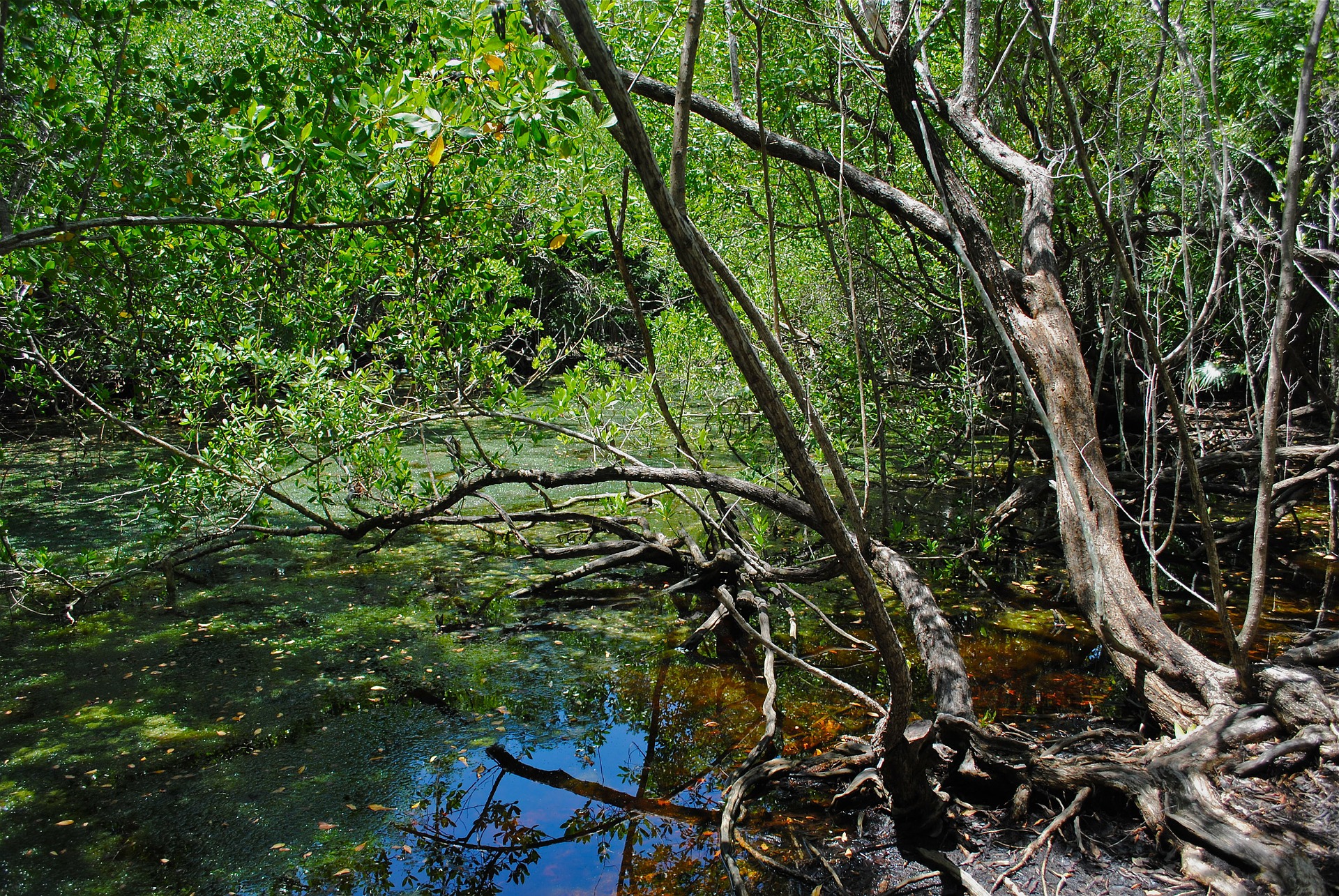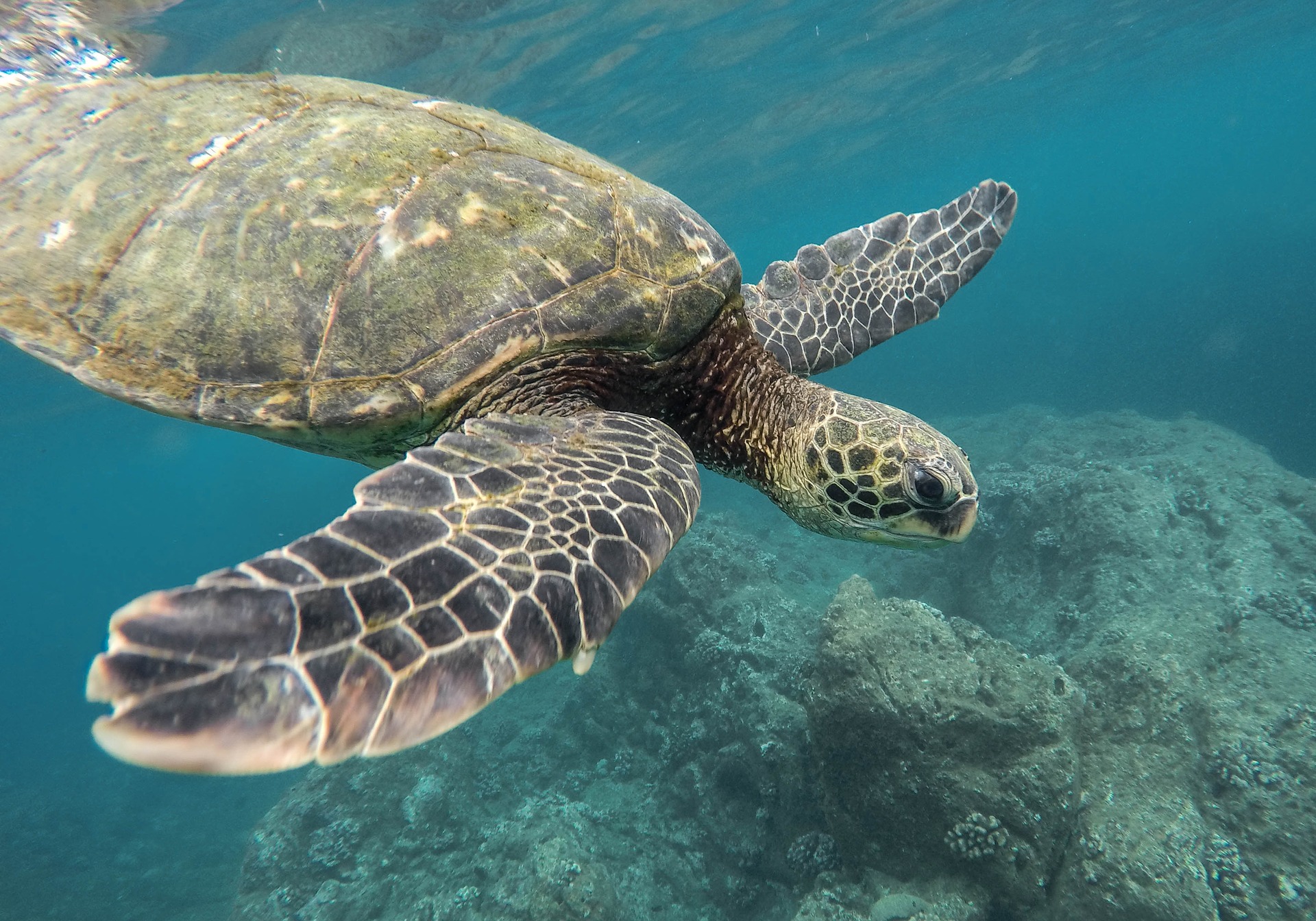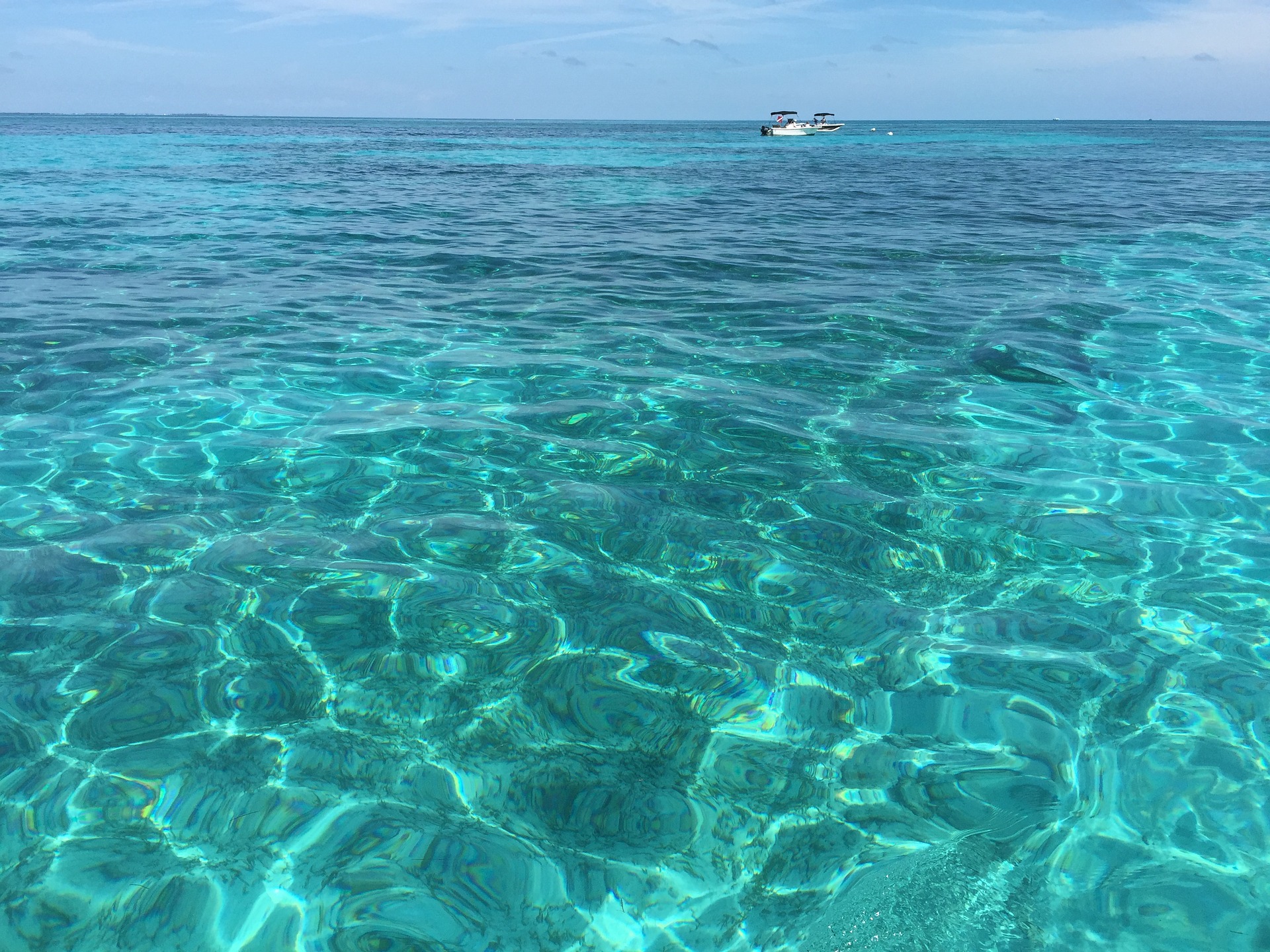10 things to know about the Florida Keys National Marine Sanctuary
We wanted to share the “need to know” facts of our very own national marine sanctuary.
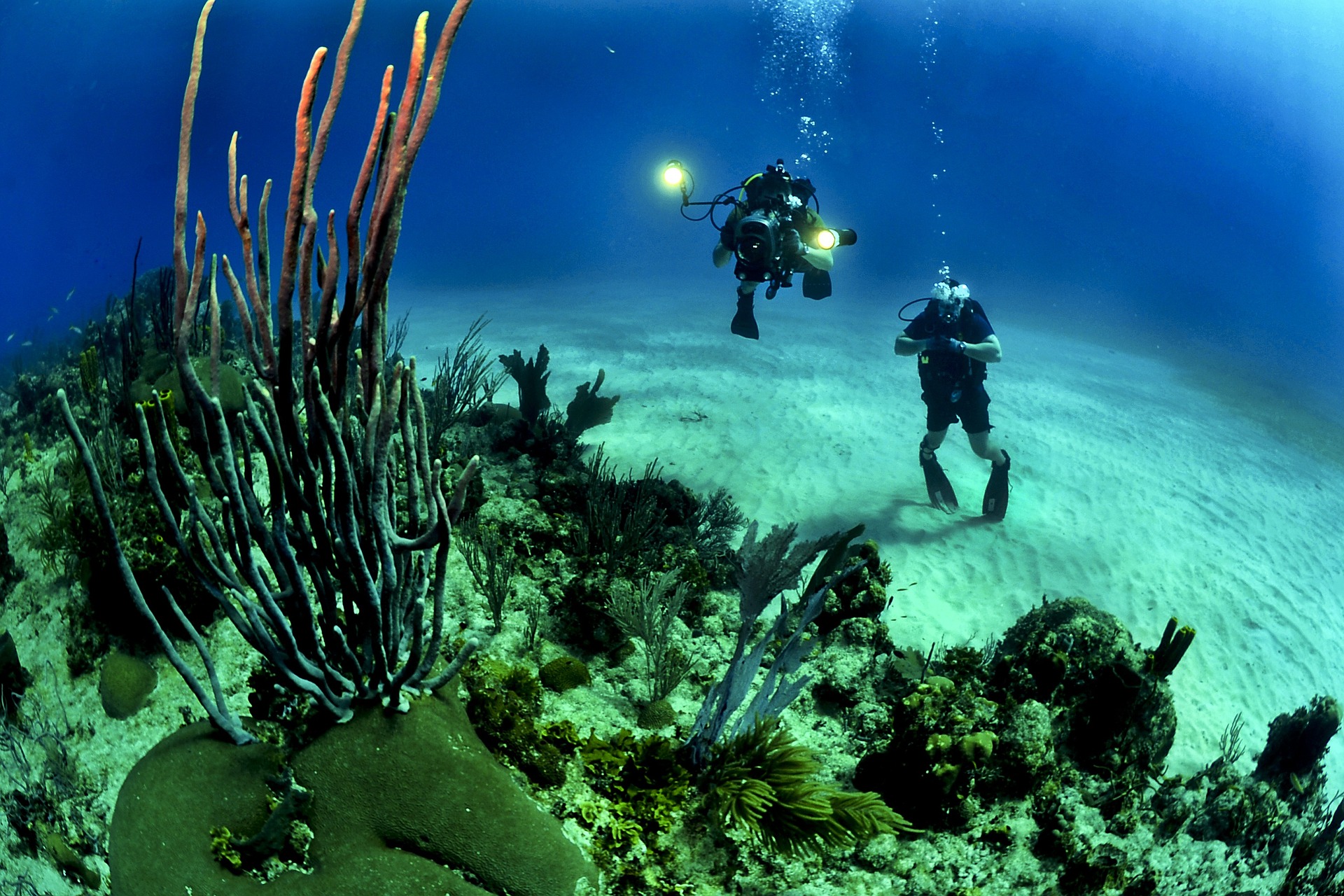
Every Floridian, from the far west corner of the Panhandle to the southern tip, can take pride in the Florida Keys. The Keys are a beautiful oasis filled with sunny days and peaceful waves. They’re also our very own national marine sanctuary. To share our appreciation for this amazing place, we’ve created a list of 10 things every Floridians should know about the Florida Keys National Marine Sanctuary.
What is a marine sanctuary, you ask? In 1972, Congress passed the National Marine Sanctuary Act. This allowed for communities around the country to come together and protect some of the most magnificent and important marine ecosystems as sanctuaries. Similar to National Parks, marine sanctuaries are protected areas that include special habitats or underwater archaeological sites. We wanted to share the “need to know” facts of our very own national marine sanctuary.
-
The area covers 2,900 square nautical miles, borders three national parks, and is co-managed between the state and federal governments.
-
The Florida Keys National Marine Sanctuary grew out of work to protect two smaller areas. Key Largo was first designated as a national marine sanctuary in 1975. Six years later Looe Key became a separate sanctuary. It was not until 1990, after the Exxon Valdez Oil spill and damage from three major ship groundings, that the Florida Keys National Marine Sanctuary was designated, encompassing both previous sanctuaries.
-
The Keys are home to the only coral barrier reef in the continental U.S.
-
And speaking of the reef, the coral reef ecosystem starts on land. With 1,800 miles of mangrove shoreline and 1.4 million acres of seagrass, these underwater ecosystems connect land and sea.
-
The sanctuary is home to a diverse ecosystem that includes 6,000 species including five species of sea turtles and marine mammals like the Florida manatee. Above-water species include birds like the beautiful Roseate Spoonbill.
-
In 1997, the sanctuary became the first in the nation to create a comprehensive management plan using a network of marine zones. These zones separate areas by different types of recreation so people can still enjoy fishing and surfing while protecting other areas that are particularly vulnerable to damage.
-
Encompassed within the area are four Wildlife Refuges: Crocodile Lake National Wildlife Refuge, National Key Deer Refuge, Great White Heron National Wildlife Refuge, and Key West National Wildlife Refuge.
-
The Keys had 5.1 million visitors in 2018, including 3.8 million domestic tourists traveling for leisure, over 300,000 domestic business travelers, and over 1 million international visitors.
-
Beyond offering environmental and economic benefits, the sanctuary is also home to more than 1,000 underwater historical sites including shipwrecks and a fallen statue.
-
The Florida Keys National Marine Sanctuary is currently considering new ways to protect the amazing habitats and animals in the sanctuary. Things like hurricanes, rising ocean temperatures, pollution, and human interactions continue to threaten the area. In an effort to address these threats, NOAA scientists are proposing a plan to protect the health of the sanctuary moving forward.
As the proposal goes through its approval process, we look forward to keeping you up-to-date and informed on what you can do to ensure the strongest conservation efforts in the future.
Topics
Authors
Ryann Lynn
Find Out More
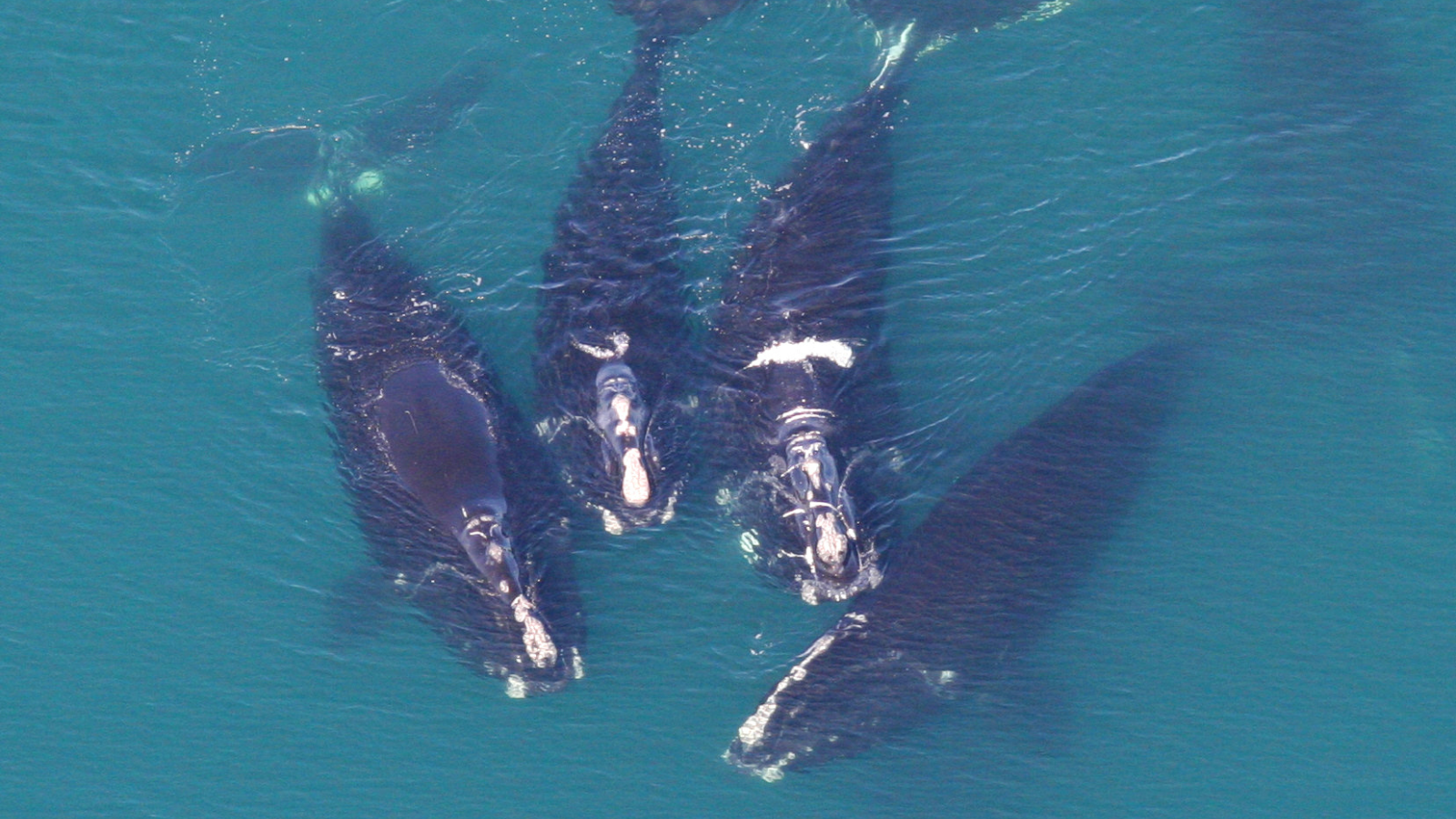
Save the Whales
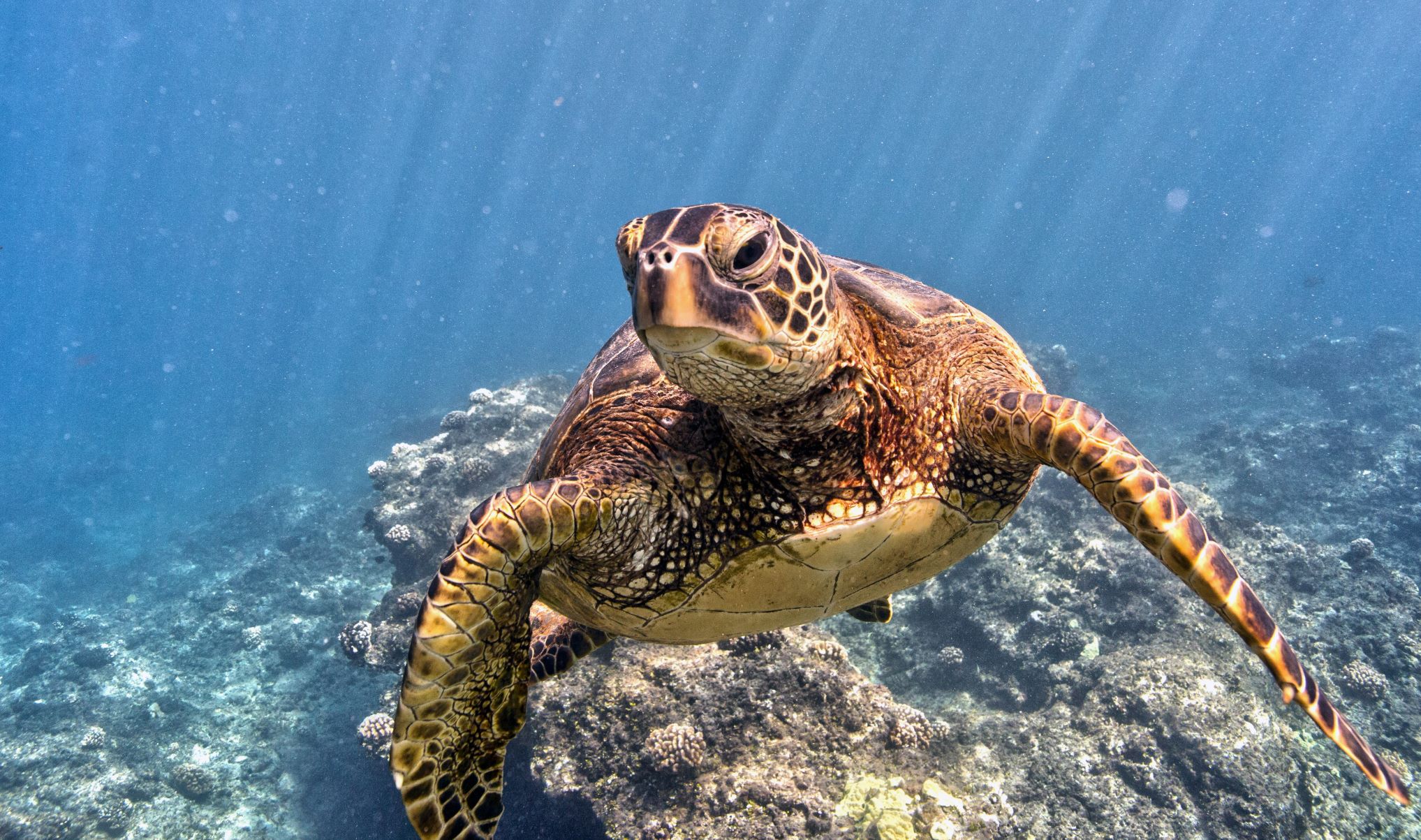
Marine protected areas are the best hope for the ocean – but only if the protections are real
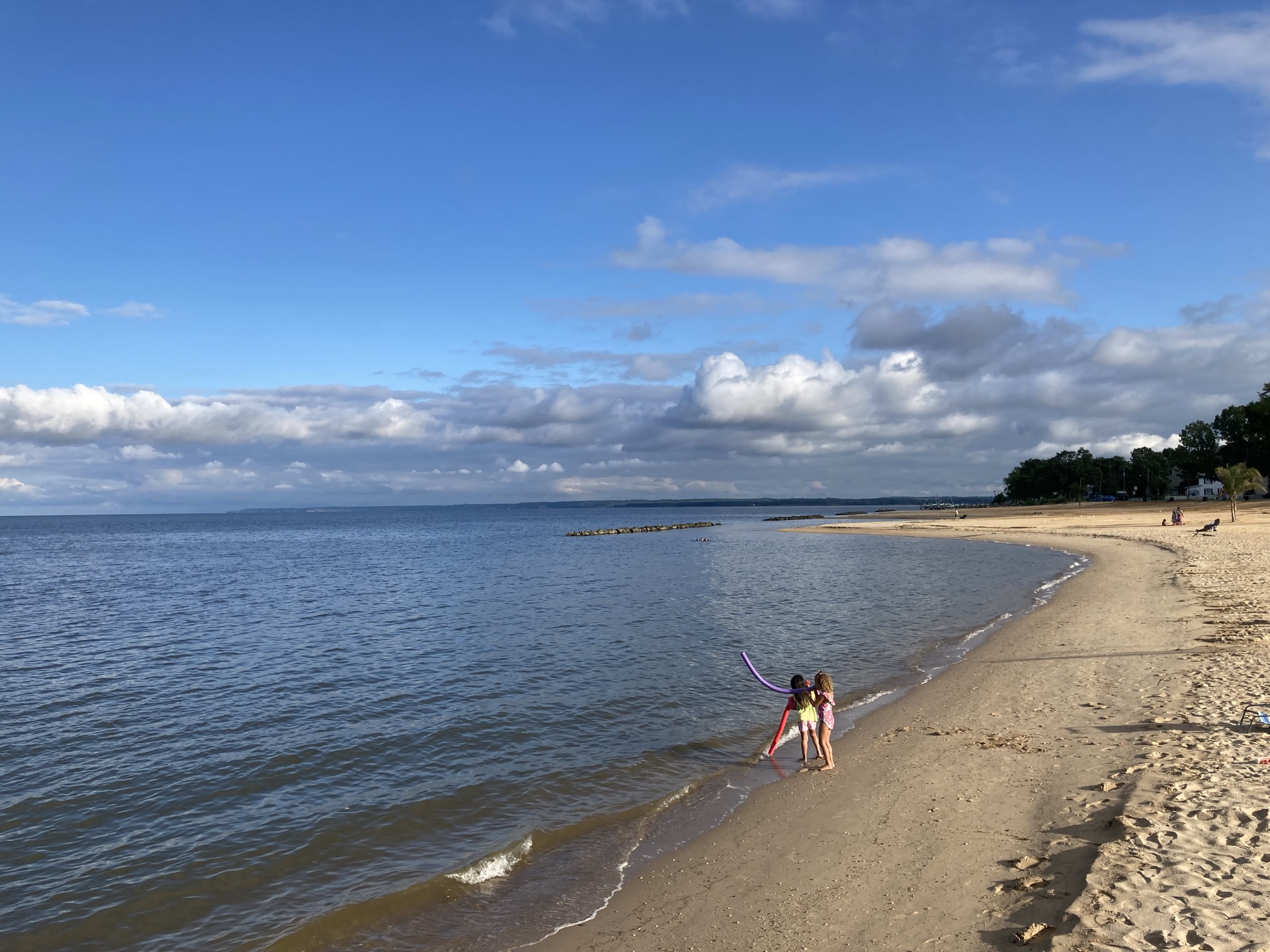
Has PFAS contaminated your beach?
